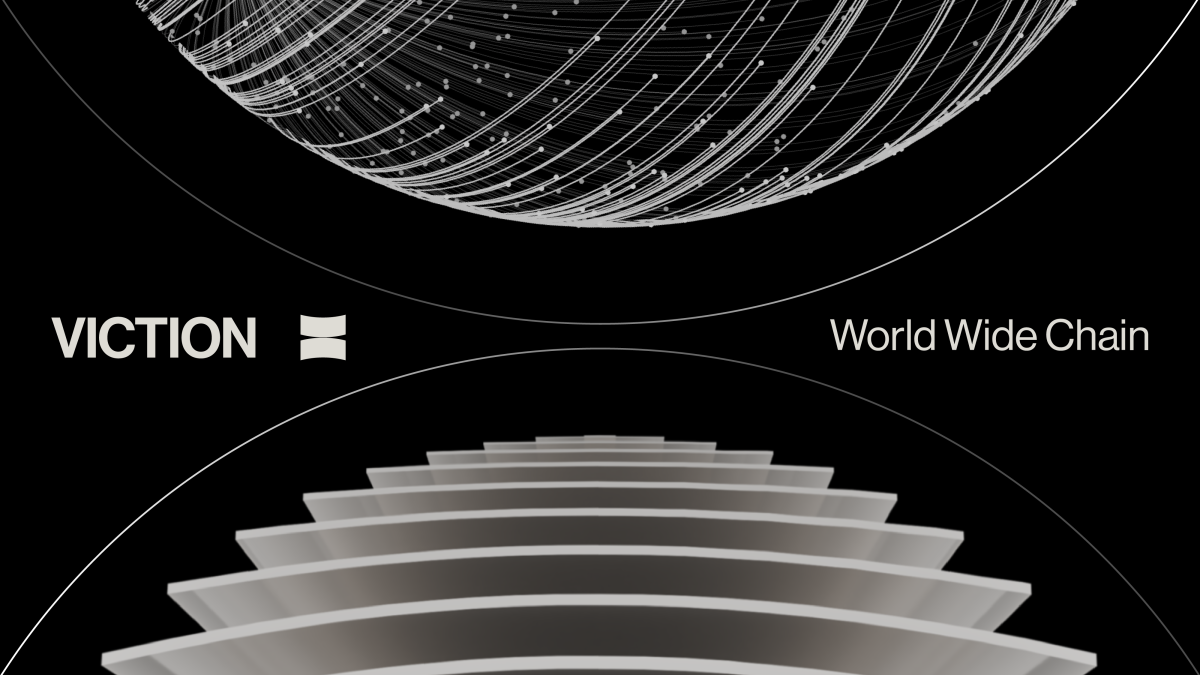Ben Edgington: The Merge gets rid of ‘proof of waste’

Quick Take
- Ben Edgington is the product lead at Teku, an Ethereum staking client.
- Edgington admits to being hooked on Ethereum since he first discovered it in 2017.

Ben Edgington's career has run the gamut from academia through supercomputing, and now working on Ethereum. The Merge is just the latest stop on his journey.
After joining ConsenSys in 2017, Edgington shortly moved on to work on Ethereum scaling and proof of stake. He started developing what would become Teku, a staking client on the Ethereum network initially known as Artemis. Edgington sat down with The Block ahead of The Merge to discuss his career, how he found crypto and his role ahead of the upgrade.
Finding Ethereum
In 2016, Edgington was working for Hitachi Europe, where he had worked since 1998. As head of engineering for Hitachi's information security business in Europe, Edgington came across blockchain technology, and was instantly hooked.
“Ethereum got its claws into me, and the rest is history.”
From then on, he would spend his evenings and weekends working on Ethereum. Eventually, he got the opportunity to make his passion his work, joining ConsenSys in 2017.
During his first two years with ConsenSys, he built a research and development team. When Teku became a product in and of itself and was moved to ConsenSys' product development department, Edgington became lead product manager.
Teku and staking on Ethereum
Teku lets institutional investors access staking to capitalize on the revenue opportunity of Ethereum, without the added confusion and complexities of becoming a validator.
In addition to Teku, there are other staking clients on the Ethereum network, including Prysm, Nimbus and Lighthouse. Edgington said this has always been how Ethereum approaches things, as it adds resilience to the network. “If there's a fault in one client, the other clients can carry the network.”
However, while these protocols were developing staking for an Ethereum proof-of-stake network, the idea of The Merge had yet to be conceived. Putting it kindly, Edgington said it was “unclear” how Ethereum would move to proof of stake. This is were Mikhail Kalinin came in.
“One of my colleagues, Mikhail Kalinin in ConsenSys, about a year and a half ago came up with the concept of The Merge, which is porting the existing Ethereum proof of work execution layer — all the smart contracts, the accounts and all the activity — basically holding that steady and underneath it, swapping out proof of work for proof of stake,” Edgington said.
Edgington likened it to swapping out a car engine while driving.
Getting the message out
The Merge has been brewing for just over a year in its current form, and most of Teku’s work is done now, Edgington said. Teku’s clients received Merge-ready releases in August. Edgington’s job now is communicating changes to users, he said.
All the staking services, all the individual stakeholders, and the people who are running applications, need to be running merge-ready configurations, Edgington stressed.
Anyone running a standard Ethereum node that is running the execution side and the smart contracts will now need to run a consensus client alongside it. Conversely, any stakers, whether they were running Teku or Prysm, will now need to run an execution client alongside it locally.
“Basically, anyone running Ethereum infrastructure of any sort has changes to make before The Merge happens. Otherwise, they're going to drop off the network,” he said.
Life before blockchain
Ethereum’s move to proof of stake could reduce the blockchain’s environmental footprint by 99.95%, by some estimates. Edgington serendipitously worked on climate change in a past life, and this spurred an interest in supercomputing.
Edgington first became interested in computing when he spent some time in academia in the 1990s.
“I ended up doing sort of climate research at Reading University, in the meteorology department. I was enjoying the computers I was using and got to use some of the biggest computers in the world. I got a big buzz from that, and I enjoyed that more than I enjoyed science.”
This spurred a change in Edgington, and he moved to Hitachi in the mid-90s, where he spent eight years working on supercomputers. His work with Hitachi involved installing Europe’s largest supercomputer, at the time, in 1999.
Edgington describes himself as being “well and truly hooked” on Ethereum when he learned of the transition to proof of stake, as he was concerned about the proof-of-work model’s environmental footprint.
After all, concerns over sustainability led him to call the proof-of-work mechanism “proof of waste.”
© 2023 The Block. All Rights Reserved. This article is provided for informational purposes only. It is not offered or intended to be used as legal, tax, investment, financial, or other advice.



